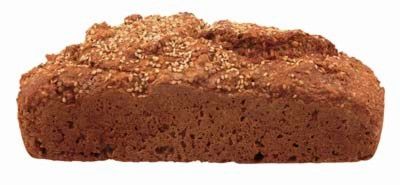For all the grief I give my kids about being picky eaters, I must admit that I can be bit of a hypocrite. Although I do enjoy a wide range of foods, I tend to be a very slow adopter of unusual or seemingly newfangled food trends. That's probably why I had to see the word "quinoa" in print roughly a zillion times, plus hear my friends crow about its awesomeness for months on end before I took the plunge and gave it a try ... and I am certainly happy that I did.
Although it seems like quinoa (ignore your instincts and pronounce it this way: keen-wah) just burst on the scene recently, it's actually been grown and cultivated for more than 5,000 years. In fact, it's known as an "ancient grain" because it has stayed virtually the same over this impressive span of time [source: Ware]. There are many incarnations of quinoa, but the most commonly available for purchase, and therefore consumed, are red, white and black varieties. Traditionally, it has been grown in South America, high in the Andes mountain range, but its status as the reigning Homecoming King of the nutritional world has inspired growers in North America to follow suit. This increase in production has become necessary in order to meet demand and keep prices down to a level that allows people to afford the product, which trends at a higher price point than plain old brown rice [source: Bland].
Advertisement
So, what is quinoa, anyway? The answer isn't as straightforward as saying for example, that milk belongs to the dairy food group. In terms of botany, quinoa is classified as a pseudo-cereal. Quinoa seeds are harvested from the goosefoot plant (a weedy-looking plant with purple blooms), and are nutritionally comparable to grains and regular old cereals. Despite this classification, quinoa is actually labeled a whole grain from a nutritional standpoint. This is because whole grains feature the whole, uncompromised grain seed, for which quinoa totally fits the bill [source: Ware]. Still, the fact remains that it is neither a grain nor a cereal, and is actually closer in relation to veggies like spinach and beets [source: Runyon]. Confusing as that may be, the nutritional awesomeness that quinoa has to offer is easy enough to comprehend and love.



